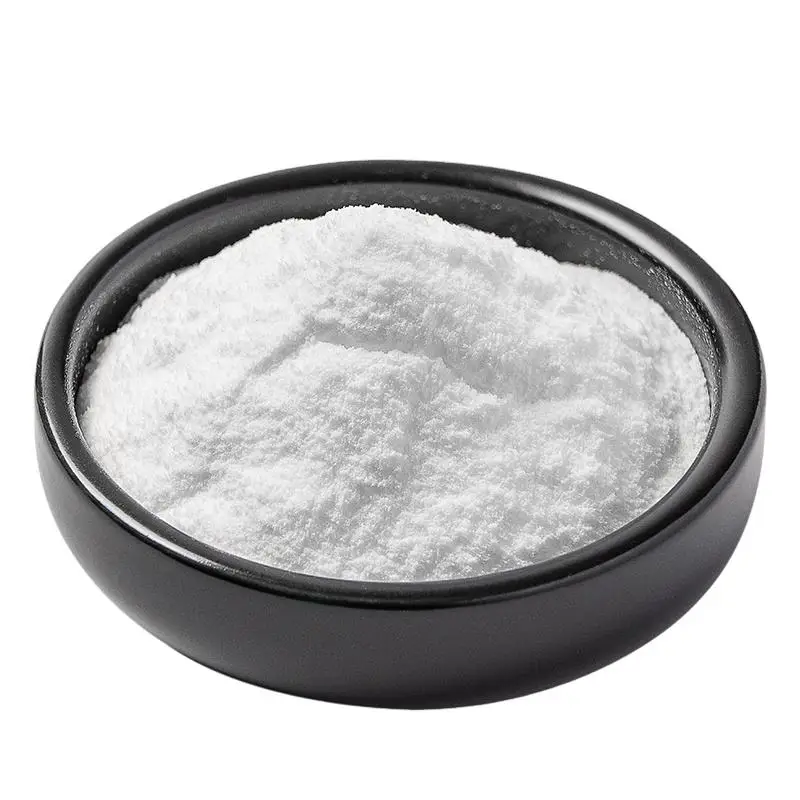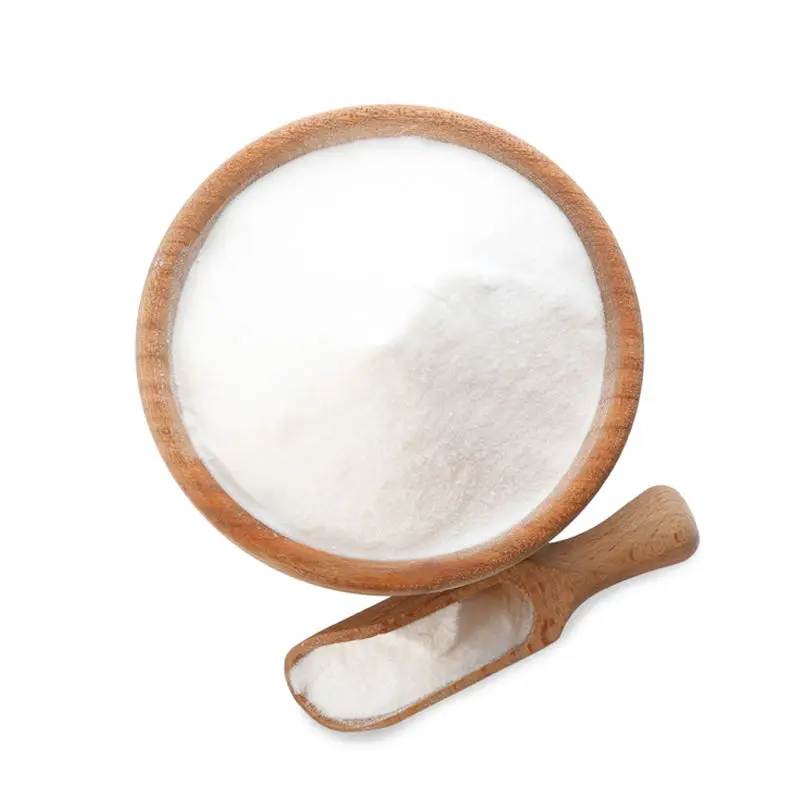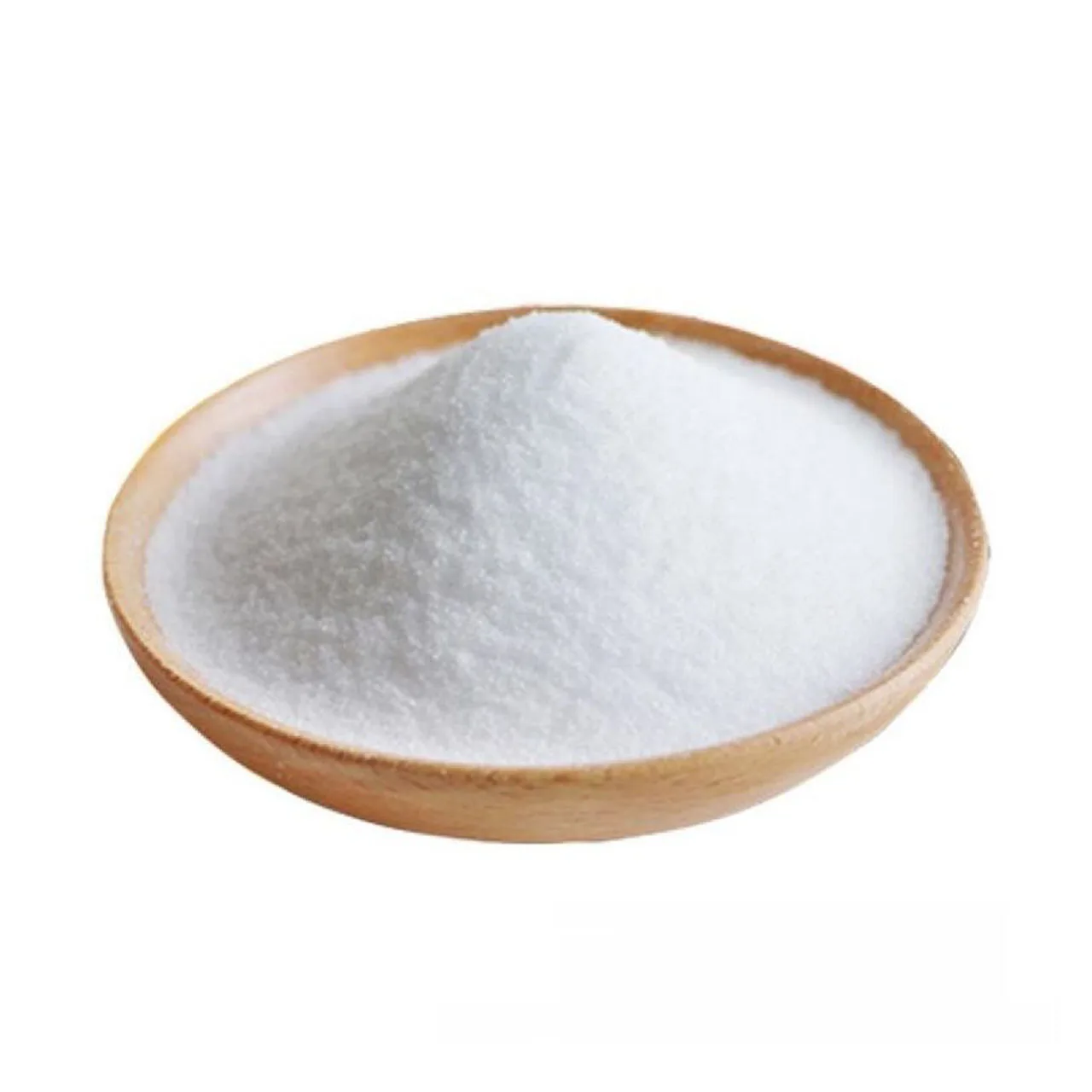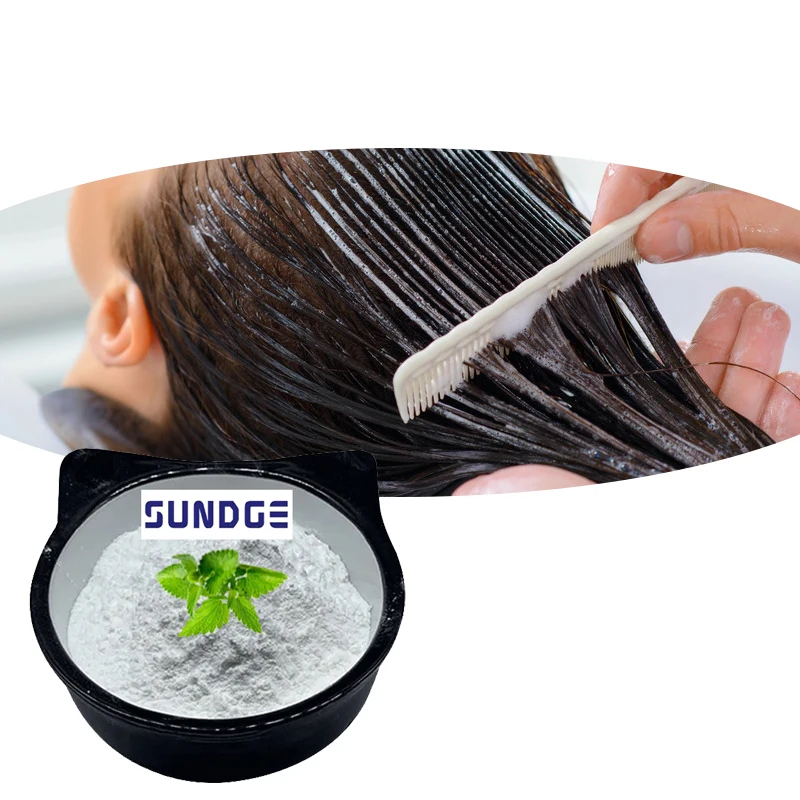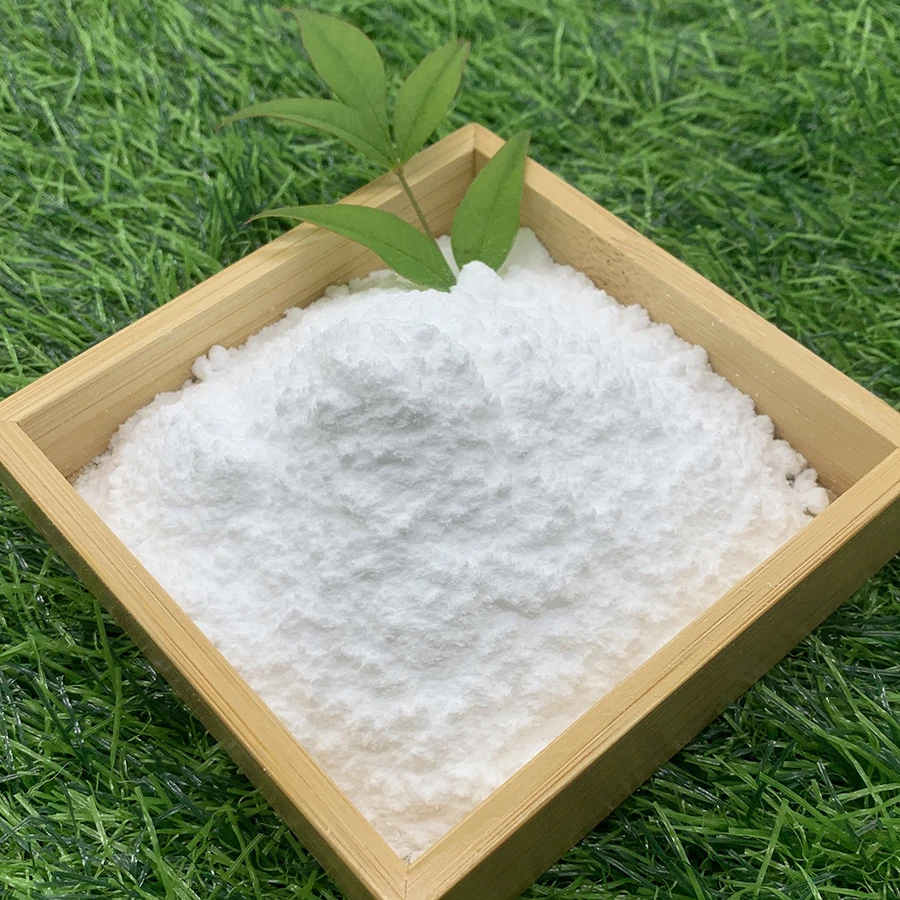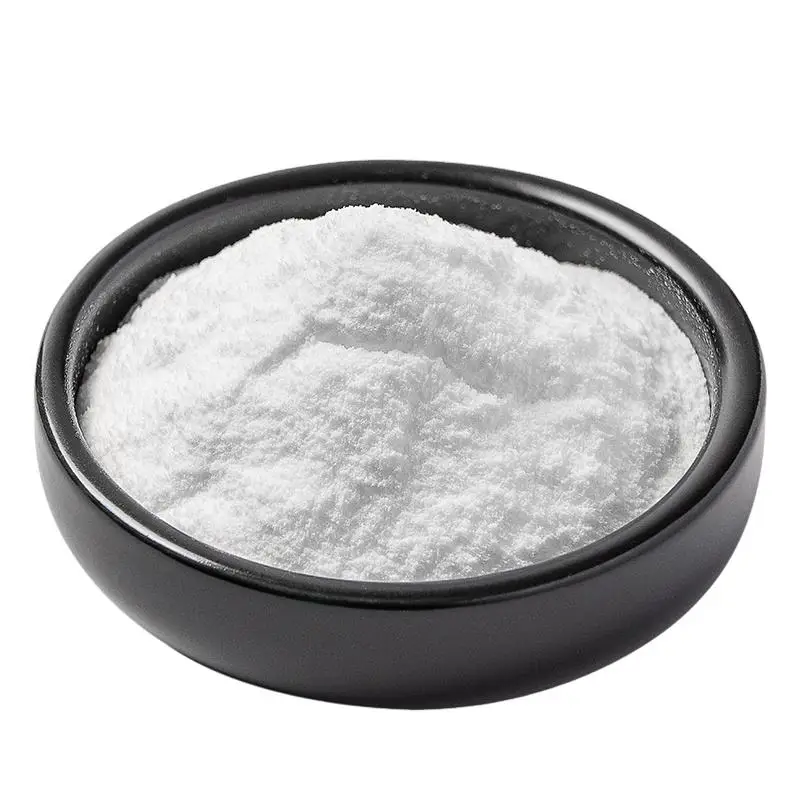Which preservatives can PVP be combined with for better results?
In the preservation of fruits and vegetables, the core logic of PVP (polyvinylpyrrolidone) and other preservatives is "complementary advantages, synergistic effect"-by matching different functional components, to make up for the shortcomings of PVP when used alone (such as narrow antibacterial spectrum, limited membrane flexibility/permeability, water-locking ability to be strengthened, etc.). It improves the fresh-keeping effect from the multi-dimension of "physical barrier + chemical regulation + physiological protection". According to the classification of "functional requirements", the following common and effective combinations are sorted out, with synergistic mechanisms and application cases:
1, compound a natural antibacterial agent to widen that antibacterial spectrum and enhance the provention and control of diseases;
PVP has weak bacteriostasis (mainly against Gram-positive bacteria, but has limited effect on mold and Gram-negative bacteria), and the compound of natural antibacterial agent can significantly improve the inhibitory ability against spoilage microorganisms, and has high safety (in line with the trend of "natural, healthy").
|
Compound ingredients |
Central role |
Synergy mechanism |
Application case |
|
Chitosan |
Broad-spectrum antibacterial (effective to mildew and bacteria), good film-forming property, and can enhance the compactness and flexibility of the film |
1. The water solubility of PVP and the film-forming property of chitosan complement each other to form a "dense + breathable" composite film; |
Peach preservation: 0.1% PVP + 1.5% chitosan, after 15 days of storage, the decay rate decreased to 5% (PVP alone group 12%, untreated group 25%), and the hardness retention rate increased by 15 percent |
|
Plant essential oil (such as lemon essential oil, cinnamon essential oil) |
Natural bacteriostasis (containing terpenes and phenols, with special effect on Penicillium and Botrytis), with natural aroma |
1. The polymer chain of PVP can "wrap" the molecules of essential oil, delay its volatilization and prolong the antibacterial time; |
Strawberry preservation: 0.2% PVP + 0.3% lemon essential oil compound, after 7 days of storage, the mildew rate was only 8% (PVP alone group 18%), and retained the natural fruit aroma of strawberries, no odor |
|
Organic acids (e.g. citric acid, lactic acid) |
Adjust the pH value of the membrane (acidic environment inhibits microbial reproduction), protect vitamin C (reduce oxidation) |
1. organic acid reduce that pH value of the film surface and inhibit neutral/alkaline-loving microorganisms (such as Erwinia, which cause soft rot); |
Green pepper preservation: 0.15% PVP + 0.5% citric acid, after 10 days of storage, the retention rate of vitamin C was 75% (62% in PVP alone group), and there was no soft rot phenomenon |
2. Compound "membrane property improver": optimize the physical properties of the membrane and avoid negative problems
When PVP is used alone to form a film, there may be problems such as "insufficient flexibility (easy to crack)" and "imbalanced permeability (too thick to cause anaerobic respiration)". The compound film property modifier can solve these defects and prolong the effective protection period of the film.
|
Compound ingredients |
Central role |
Synergy mechanism |
Application case |
|
Glycerol/propylene glycol |
Plasticizer, improve the flexibility and ductility of the film, avoid cracking of the film |
The hydroxyl group (-oh) of glycerol and the amide group of PVP form hydrogen bonds, which destroy the close packing of PVP molecular chains, increase the elasticity of the membrane, and improve the permeability of the membrane (avoid anaerobic respiration). |
Navel orange preservation: 0.2% PVP + 0.3% glycerol, film thickness controlled at 3 μm, after 20 days of storage, the rate of film cracking was only 3% (PVP alone group 12%), and the fruit had no alcohol taste (anaerobic respiration index). |
|
Polyvinyl alcohol (PVa) |
Increase the balance of compactness and permeability of the film, and improve the resistance of the film to temperature fluctuation (not easy to embrittle/soften) |
The polymer chains of PVP and PVA are cross-linked to form a "network structure", which not only retains the water-locking property of PVP, but also adjusts the porosity of the membrane through the hydroxyl of PVA to balance ventilation and barrier. |
Cucumber preservation: 0.15% PVP + 0.5% PVA compound, after 10 days of storage, the weight loss rate was only 6% (PVP alone group 9%), and the cucumber remained crisp and tender, without skin shrinkage |
|
Nanoparticles (such as nano SiO2, nano TiO2) |
Enhance the mechanical strength and antibacterial property of the membrane, and reduce the oxygen permeability of the membrane |
Nanoparticles are uniformly dispersed in the PVP membrane to fill the tiny pores of the membrane and reduce the oxygen permeability; At the same time, nano-TiO2 can produce free radicals under light to assist in inhibiting microorganisms. |
Apple preservation: 0.2% PVP + 0.1% nano-SiO2 compound, after 30 days of storage, the oxygen permeability decreased by 20% (PVP alone group), and the browning area of the epidermis decreased by 10 percent |
3. Compound "physiological regulator": delay the aging of fruits and vegetables, strengthen water-locking and quality protection
These ingredients mainly regulate the physiological metabolism of fruits and vegetables (such as respiration, cell wall degradation), and form "internal and external dual protection" with the "physical barrier" of PVP, further prolonging the shelf life and maintaining the quality.
|
Compound ingredients |
Central role |
Synergy mechanism |
Application case |
|
Calcium Chloride (CaClCa) |
Enhance the toughness of fruit and vegetable cell walls (reduce softening), inhibit ethylene release (delay ripening), and assist in water locking |
1. Calcium ions (CaCa) combine with pectic acid in the cell wall of fruits and vegetables to form "calcium pectate" and enhance the structure of the cell wall; |
Tomato preservation: 0.2% PVP + 0.5% calcium chloride, after 12 days of storage, the retention rate of hardness was 80% (65% in the PVP group alone), and the tomatoes still maintained sweet and sour taste, without softness. |
|
Ascorbic acid (vitamin C) |
Inhibition of oxidative reactions (protection of vitamin C, carotenoids), reduction of epidermal browning |
1. that ascorbic acid is use as a reducing agent and preferentially reacts with oxygen to prevent the nutrition of the fruit and vegetables from being oxidized; |
Carrot preservation: After 15 days of storage, the carotenoid retention rate of 0.1% PVP + 0.2% ascorbic acid was 90% (78% in PVP group), and the skin was not browned |
|
1-Methylcyclopropene (1-MCP, low concentration) |
Inhibition of ethylene receptor activity (delaying ripening and aging), suitable for climacteric fruits and vegetables (apples, bananas) |
PVP membrane could delay the volatilization of 1-MCP and prolong its action time. At the same time, the oxygen isolation of PVP reduces the production of ethylene, and both of them delay aging from the dual dimension of "inhibiting receptor + reducing production". |
Banana preservation: The combination of 0. 2% PVP and 0. 1 μL/L 1-MCP could keep the green color after 20 days of storage (only PVP group turned yellow after 12 days), and the ripening process was delayed |
4. Compound "natural extract": improve safety and functionality, and meet health needs
With the preference of consumers for "natural food", the combination of PVP and natural plant extracts can improve the safety and market acceptance of products while ensuring the fresh-keeping effect.
|
Compound ingredients |
Central role |
Synergy mechanism |
Application case |
|
Tea Polyphenols |
Strong antioxidant, weak antibacterial (inhibit bacteria and mold), protect fruit and vegetable nutrition from loss |
The phenolic hydroxyl group of tea polyphenols combined with the amide group of PVP to enhance the antioxidant capacity of the membrane; At the same time, tea polyphenols can penetrate into the epidermis of fruits and vegetables and inhibit the oxidative browning of epidermal cells. |
Pear preservation: 0.15% PVP + 0.3% tea polyphenols, after 20 days storage, the retention rate of vitamin C was 85% (70% in PVP alone group), and the flesh was not browned |
|
Propolis Extract |
Broad-spectrum antibacterial (effective against bacteria, mold and virus), antioxidant, and non-toxic |
Flavonoids in propolis cooperate with PVP to destroy the cell membrane of microorganisms. At the same time, the liposolubility of propolis can enhance the adhesion of the membrane and avoid the membrane from falling off. |
Blueberry preservation: 0.2% PVP + 0.2% propolis extract compound, after 10 days of storage, the decay rate was only 6% (PVP alone group 15%), and blueberries remained plump and juicy |
V. Precautions for compounding (to avoid negative effects)
1. Concentration adaptation: avoid "excessive superposition"
It is necessary to reduce the concentration of single component (for example, 0.2% PVP alone can be reduced to 0.1% after compounding with chitosan), and the concentration of total solids should not exceed 2% (otherwise the film is too thick and the air permeability is poor). For example, when PVP + glycerol is compounded, the concentration of glycerol exceeding 0.5% will cause the film to be too soft and easy to adhere to the epidermis of fruits and vegetables.
2. Dissolution sequence: prevent "flocculation or delamination"
Dissolve the water-soluble components (PVP, ascorbic acid, calcium chloride) first, and then add the fat-soluble components (plant essential oil, propolis extract, with a small amount of ethanol as a solubilizer) after complete dissolution;
O Chitosan shall be dissolved with dilute acetic acid (1% -2%) and then slowly dropped into PVP solution with stirring to avoid flocculation due to sudden change of pH value.
3. Safety compliance: select "food-grade raw materials"
Compound ingredients shall comply with food additive standards (e.g. chitosan shall be food grade, and plant essential oil shall comply with GB 2760 standard), and industrial grade raw materials (which may contain heavy metals and pesticide residues) shall be avoided.
4. Due to fruit and vegetable adjustment: avoid "one size fits all"
O Fruits and vegetables with fragile epidermis (strawberry and peach): use less high-concentration calcium chloride (easy to stimulate the epidermis), and prefer PVP + plant essential oil/tea polyphenol;
O Climacteric fruits and vegetables (apple, banana): can be matched with 1-MCP; non-climacteric fruits and vegetables (citrus, green leafy vegetables): key compound antibacterial agent + water locking agent.
Sum up
The compounding core of PVP is to "make up for what is missing": the corresponding compounding ingredients should be selected according to the types of fruits and vegetables (storage resistance, skin characteristics) and fresh-keeping pain points (such as perishable, easy to soften, easy to oxidize)-chitosan/plant essential oil should be selected to strengthen antibacterial, glycerin/PVA should be selected to optimize membrane characteristics, and calcium chloride/1-MCP should be selected to delay aging. Through scientific compounding, the fresh-keeping effect of PVP can be upgraded from "single physical protection" to "multi-dimensional comprehensive protection", taking into account both safety and market demand.
Recommended Products
Hot News
-
Nanjing SUNDGE Chemical New Materials Co., Ltd. participates in the 2025 CPHI China exhibition to jointly expand the global pharmaceutical new materials market
2025-07-10
-
Based on the law, ensure the quality and safety of veterinary drugs-SUNDGE participated in the veterinary drug industry management training
2025-01-08
-
SUNDGE Nanjing Ali Center Outbound Visit
2024-10-28
-
The Turkish guests visited the factory and reached the intention of cooperation
2024-09-13
-
SUNDGE Successfully Exhibited CPHI South China Station
2024-02-28
-
SUNDGE participates in the course "Annual Business Plan and Comprehensive Budget Management
2024-02-28
-
Watch and help each other! SUNDGE donates 10000 yuan to the Gansu earthquake stricken area
2024-02-28
-
Good news - The company has successfully obtained the Veterinary Drug Business License Certificate
2024-02-28

 EN
EN
 AR
AR
 NL
NL
 FI
FI
 FR
FR
 DE
DE
 EL
EL
 HI
HI
 IT
IT
 JA
JA
 KO
KO
 NO
NO
 PL
PL
 PT
PT
 RO
RO
 RU
RU
 ES
ES
 SV
SV
 CA
CA
 TL
TL
 IW
IW
 ID
ID
 SR
SR
 UK
UK
 VI
VI
 SQ
SQ
 ET
ET
 HU
HU
 TH
TH
 TR
TR
 FA
FA
 MS
MS
 CY
CY
 BE
BE
 BN
BN
 BS
BS
 EO
EO
 LO
LO
 LA
LA
 MN
MN
